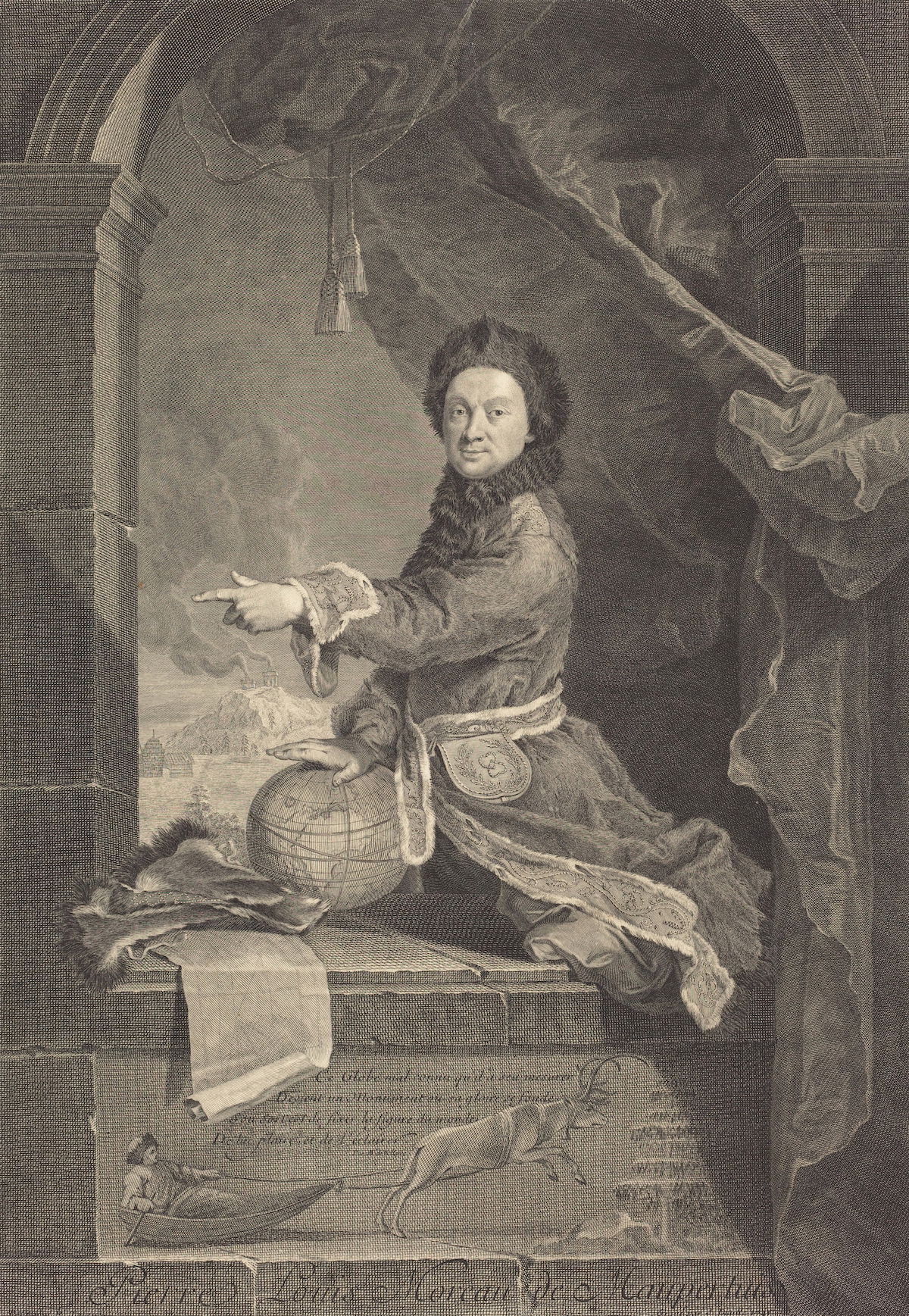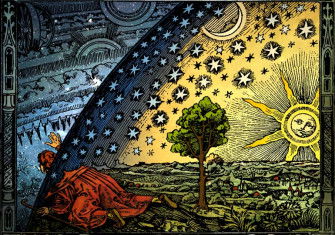Measuring the Shape of the Earth
Was the Earth flatter around the poles or the Equator? In 1735 two expeditions set out to settle a matter of national pride.

In 1726 Voltaire faced a not very difficult choice: imprisonment without trial in the Bastille, or exile in England. After sailing across the Channel, he landed in another universe. Before leaving France, he declared, he had lived in a world that was full – but as soon as he arrived in England, he found one that was empty. It even looked different: ‘In Paris you see the Earth shaped like a melon; in London it is flattened on two sides.’ According to conventional French science, the Earth was stretched out, elongated so that its circumference around the Equator was shorter than around the poles. But Isaac Newton disagreed. Under his influence, English experts had come to hold the opposite view: that the Earth is squashed like a pumpkin, bulging out slightly in the middle.







